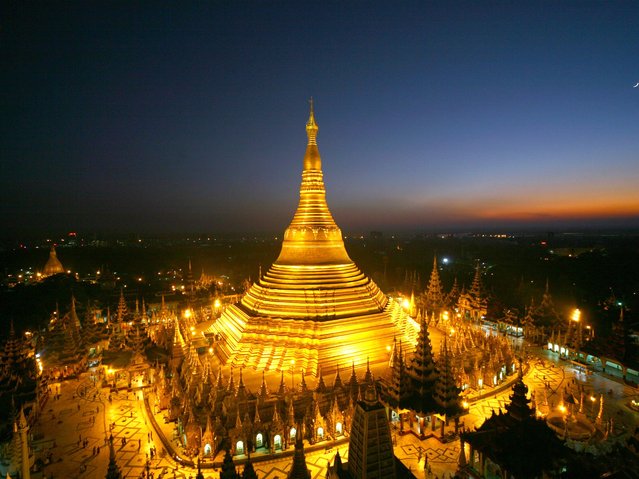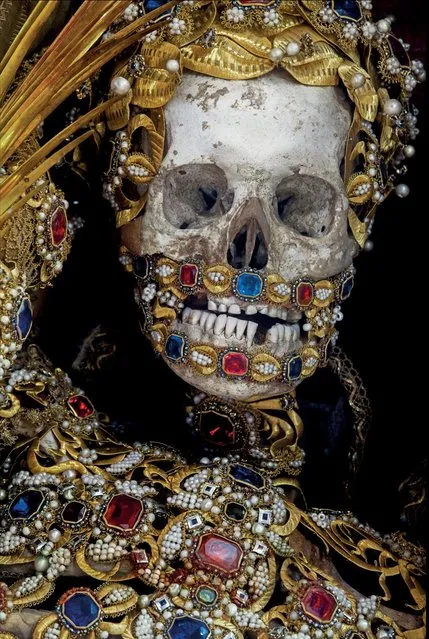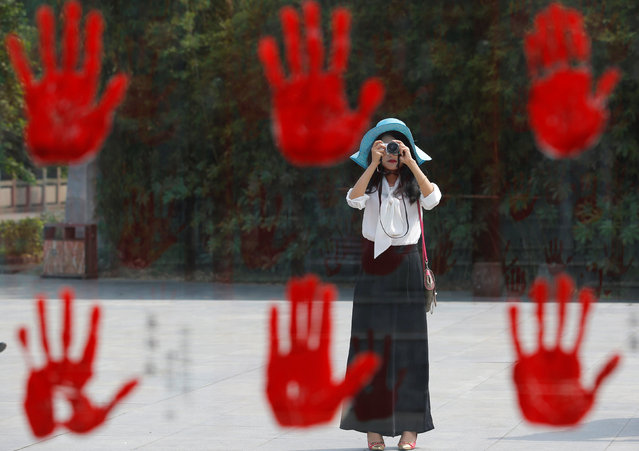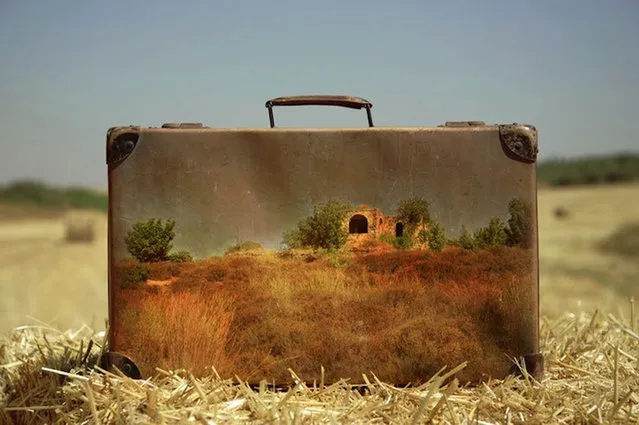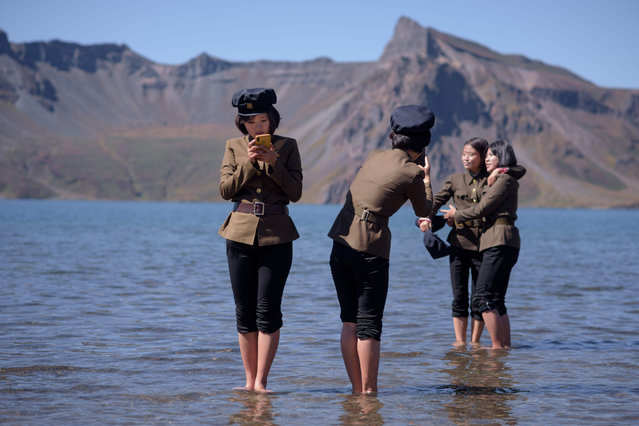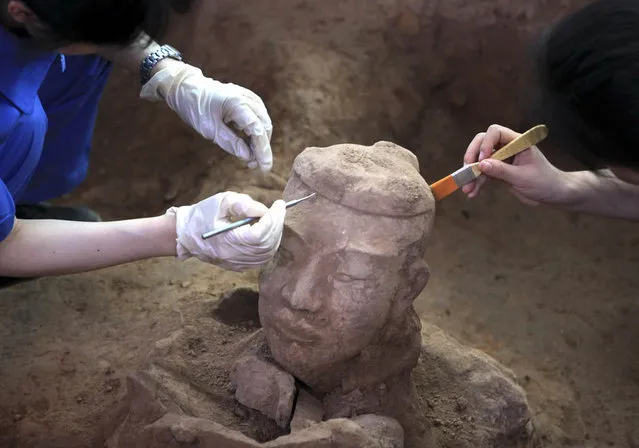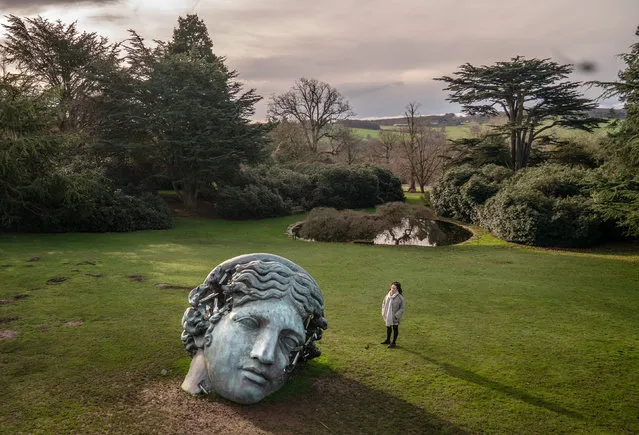
Dominique Lynch on Tuesday, February 20, 2024 views Daniel Arsham's Unearthed, Bronze Eroded Melpomene, on display during Daniel Arsham: Relics in the Landscape exhibition, the first UK museum display of work by the highly acclaimed North American, at the Yorkshire Sculpture Park in Wakefield, West Yorkshire. (Photo by Danny Lawson/PA Images via Getty Images)
14 Mar 2024 06:45:00,post received
0 comments


